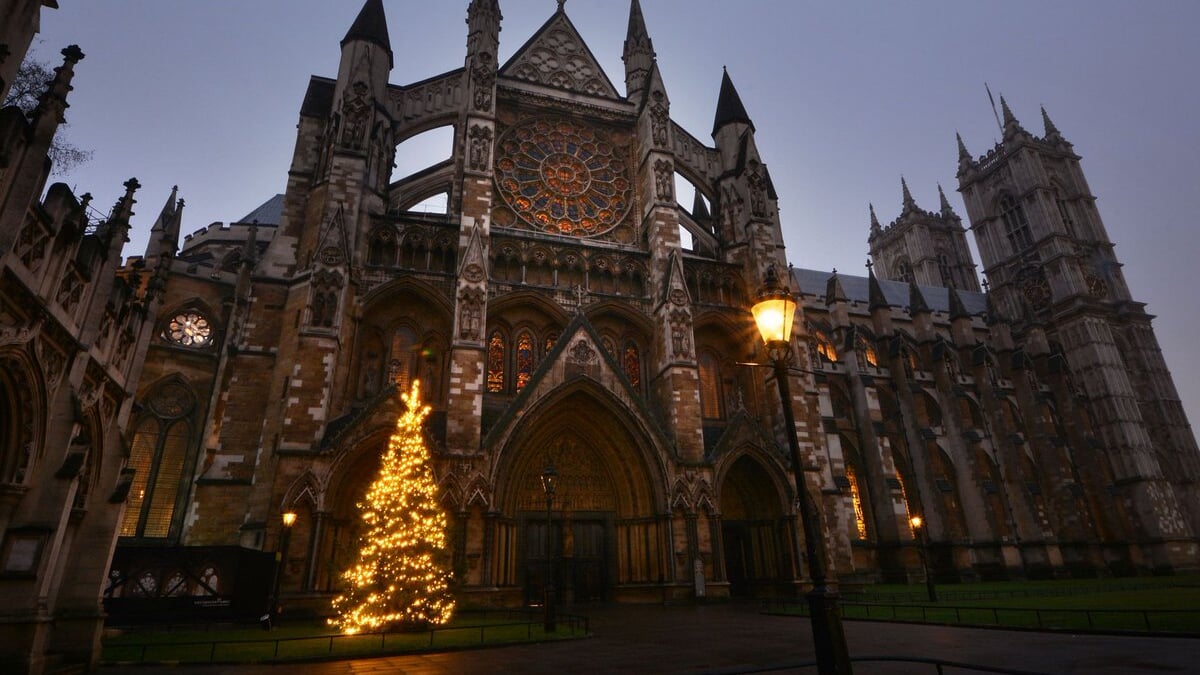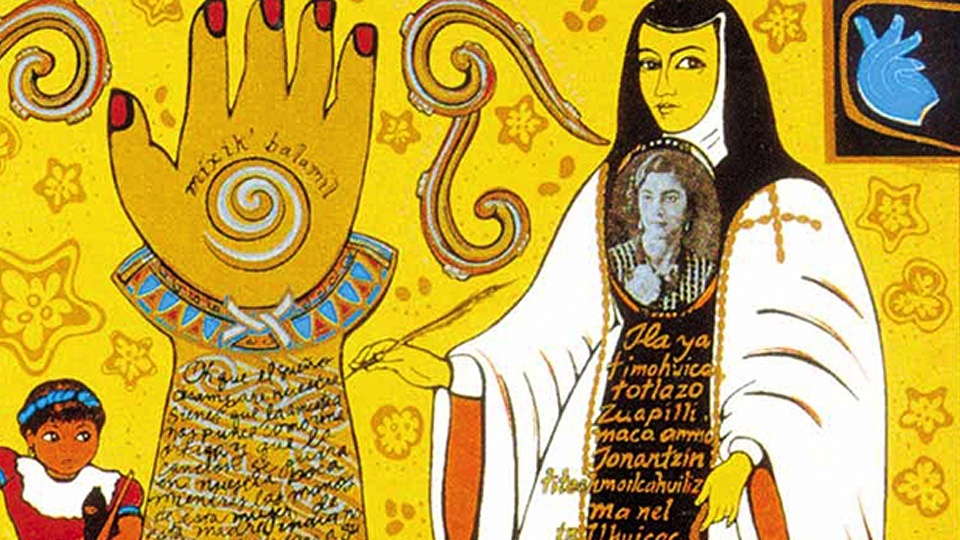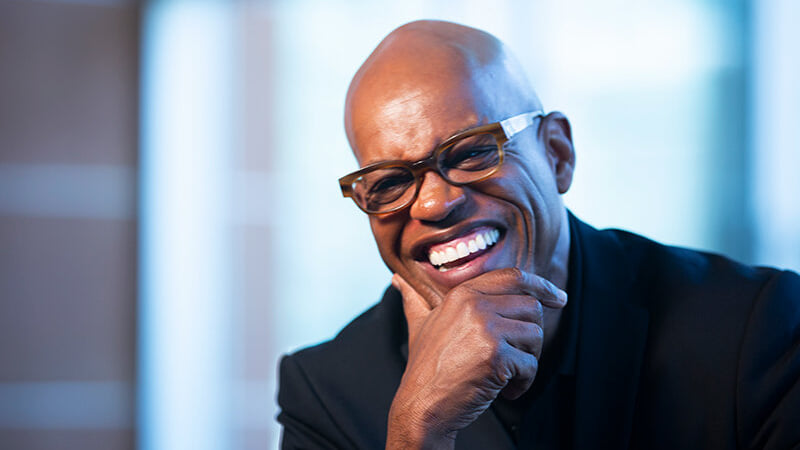Bells of Florence
Merry Christmas! Every year at this time we honor the memory of the great German-American musicologist, Karl Haas, host of the nationally syndicated radio program, Adventures in Good Music. Airing between 1970 and 2007, it was radio’s most widely listened-to classical music program. Following the show’s theme music, the second movement of Beethoven’s “Pathétique” Sonata, Haas would utter his trademark greeting, “Hello everyone.” One of the most popular episodes, The Story of the Bells, aired …







